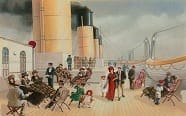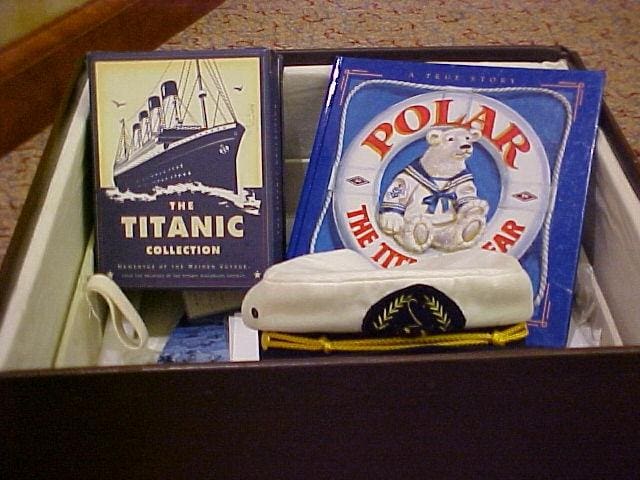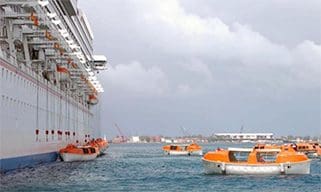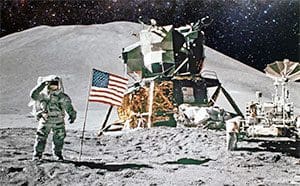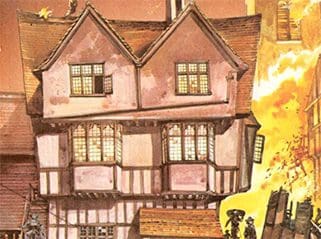
In a recent article in the Historical association’s Primary History Sue Townsend makes a very strong case for introducing the teaching the volcanic eruption at Pompeii at KS1. One had to be careful making suggestions like this. After all, history isn’t short of fascinating events, many of which are entirely suitable to be used at KS1. So what makes this event different from the others. Well it will certainly grab the pupils’ attention, but therein lies a potential difficulty. It is not what WE do as teachers but what opportunities are presented for PUPILS to do. Does the topic lend itself to pupil activity. In particular, does it help pupils to deepen their historical understanding rather than just learning new information however fascinating?
So, lets have a look at the potential this topic offers for developing each of the key concepts of historical understanding.
Chronology
Pupils will need to think about terms such as ‘2,000 years ago’, and ‘Roman’,( though not AD and BC). They can sequence events
Cause and consequence
Although these are fairly obvious they are nonetheless important
Characteristic features of society/similarity and difference
How are the reconstructed images of the Roman street different from streets today.? What is very different, and what the same? Pupils will love seeing the ‘Beware the Dog’ mosaic! And the places where takeaway street food was served!
Interpretations
Pupils need to know that the main account used by historians was written 25 years after the event and for a particular reason. This might lead to different versions of events. Historians even disagree about the actual date: was it August as most used to think or October. Mary Beard has recently questioned whether August is really likely because the bodies that have been uncovered seemed to be wearing warm clothing and recently-lit braziers were found on the streets.
Using evidence
This is one of the key concepts here. What do the astonishing remains that have been found tell us about life there 2000 years ago? What can we work out from these objects? Which objects tell historians that..?
Significance
This is one of the most iconic events of world history and a remarkable source for historians that allows us unprecedented insight into daily life in Ancient Rome.

